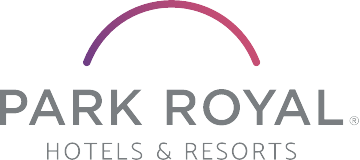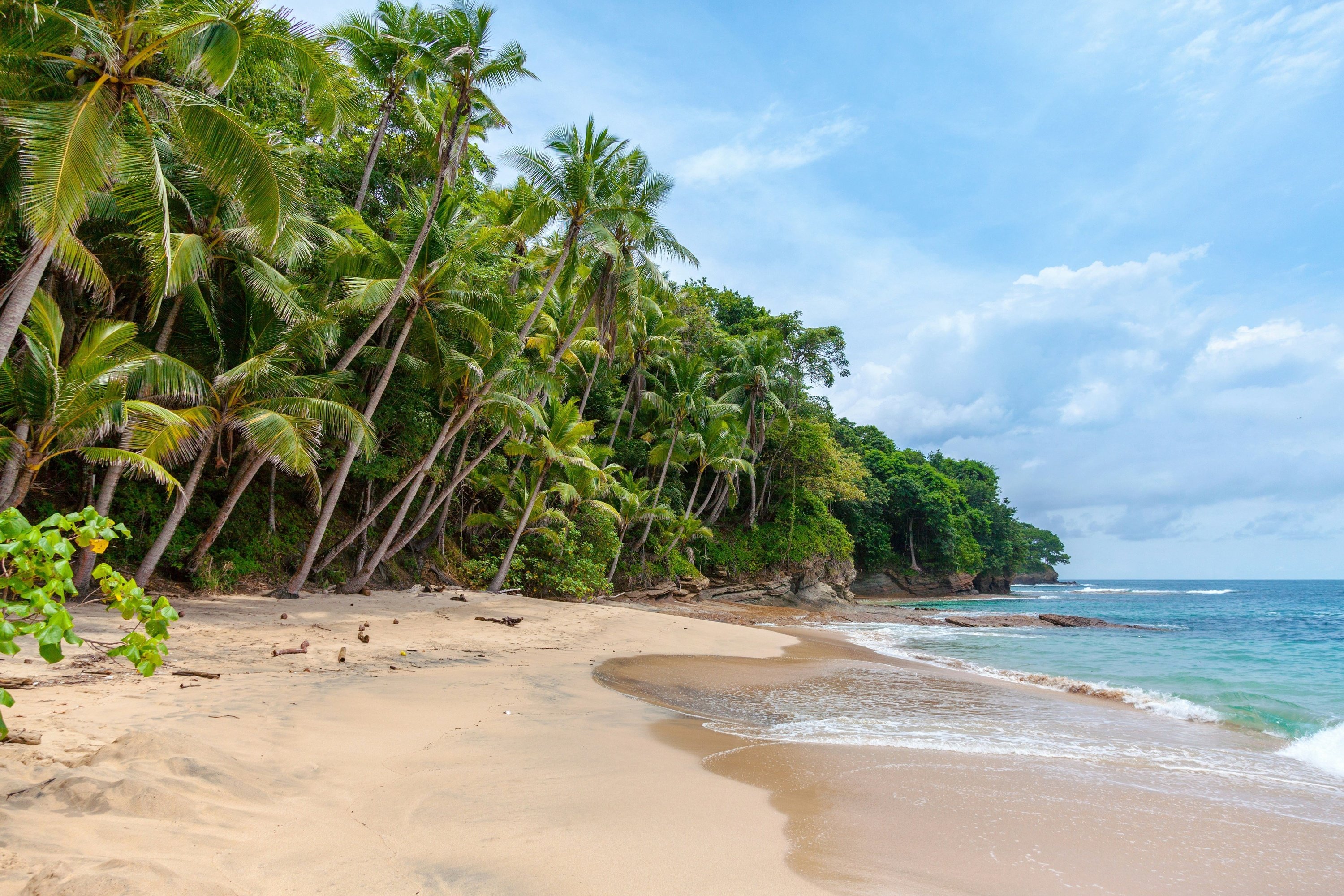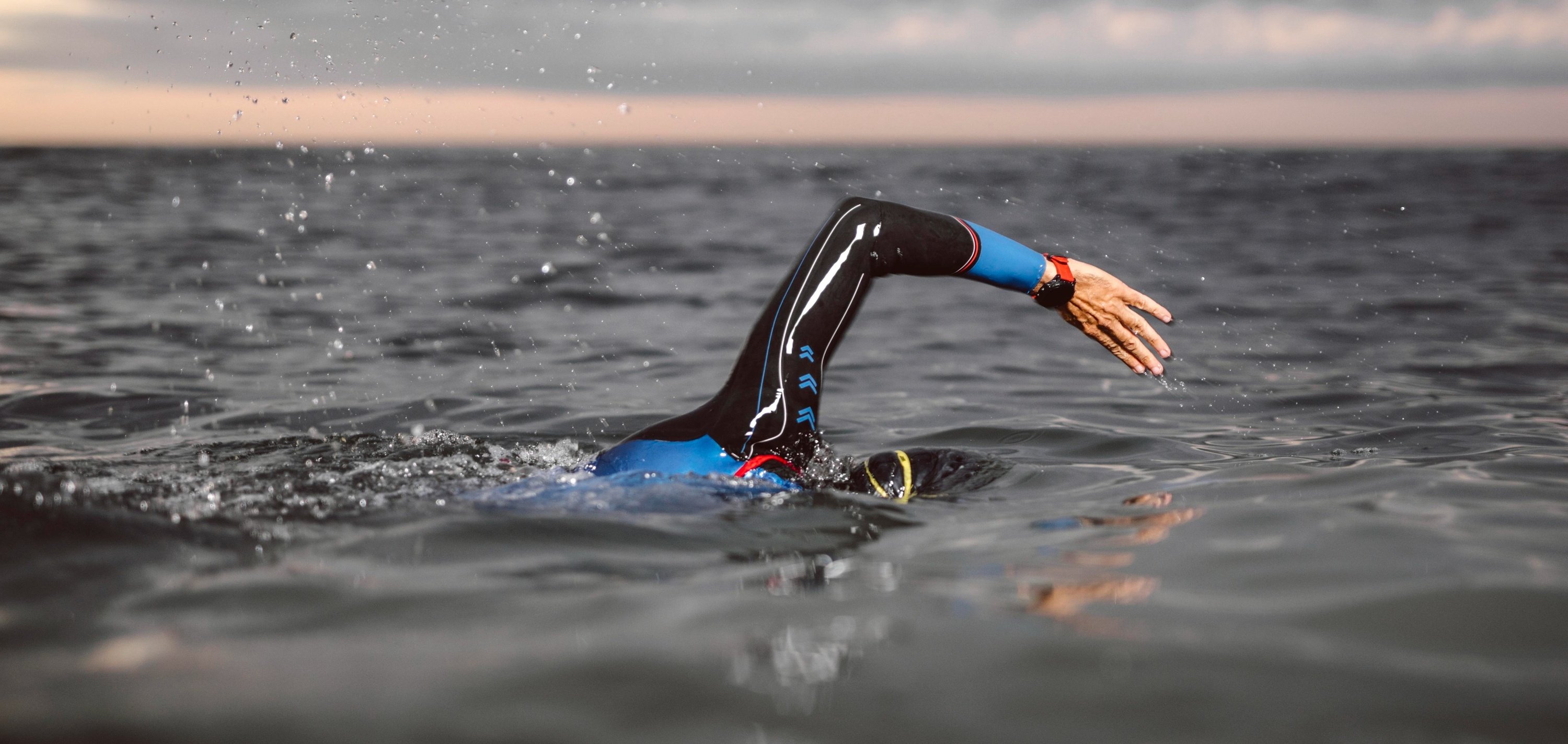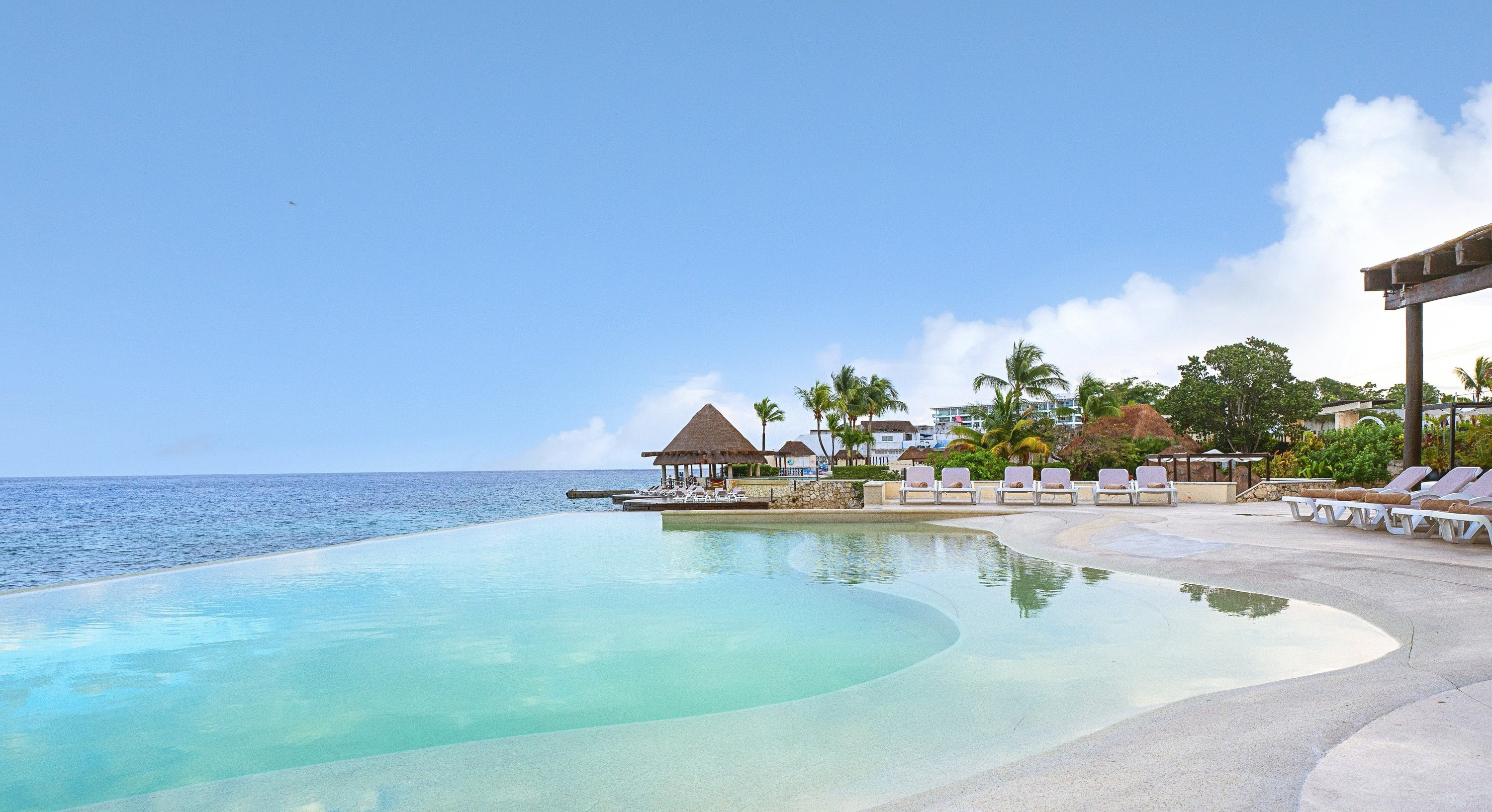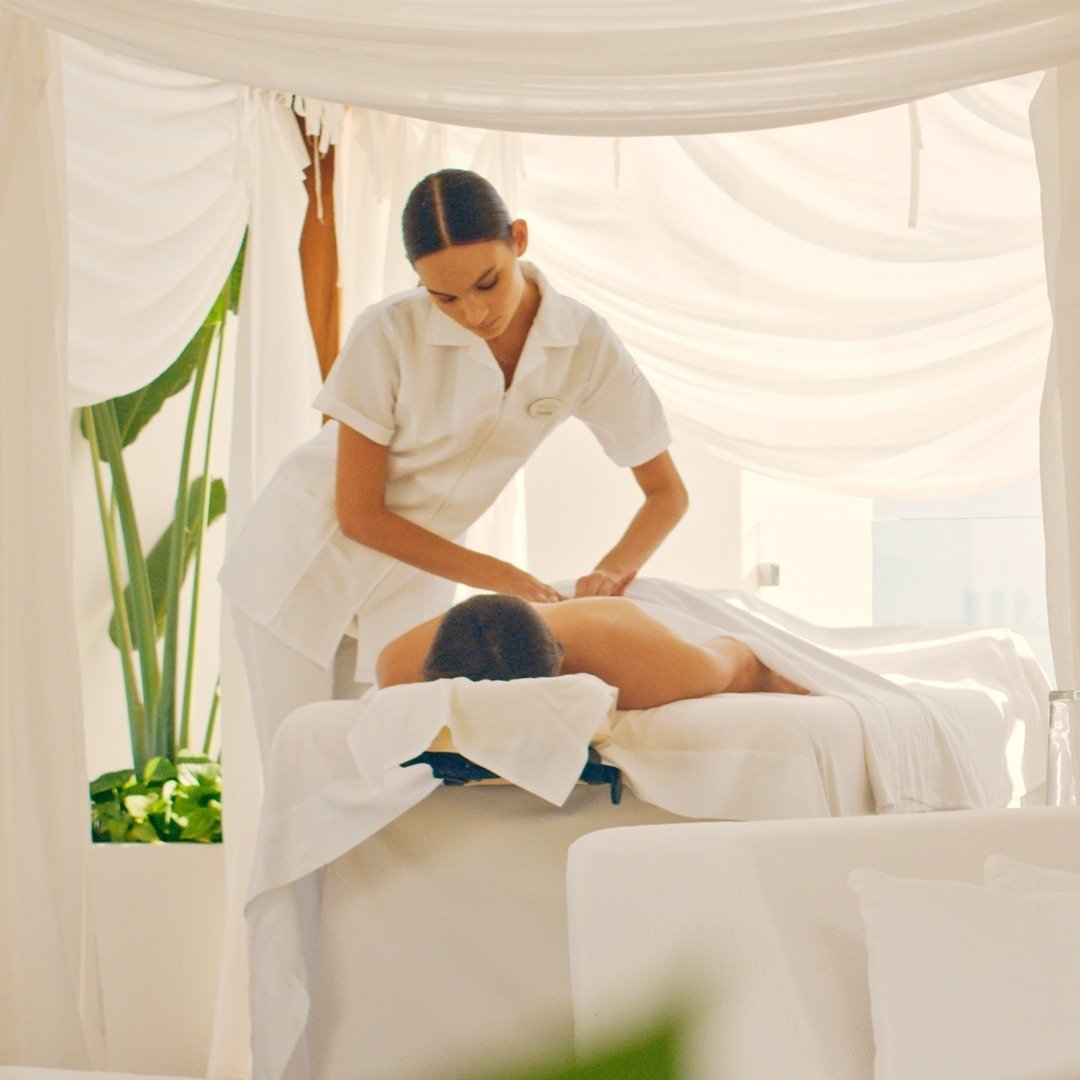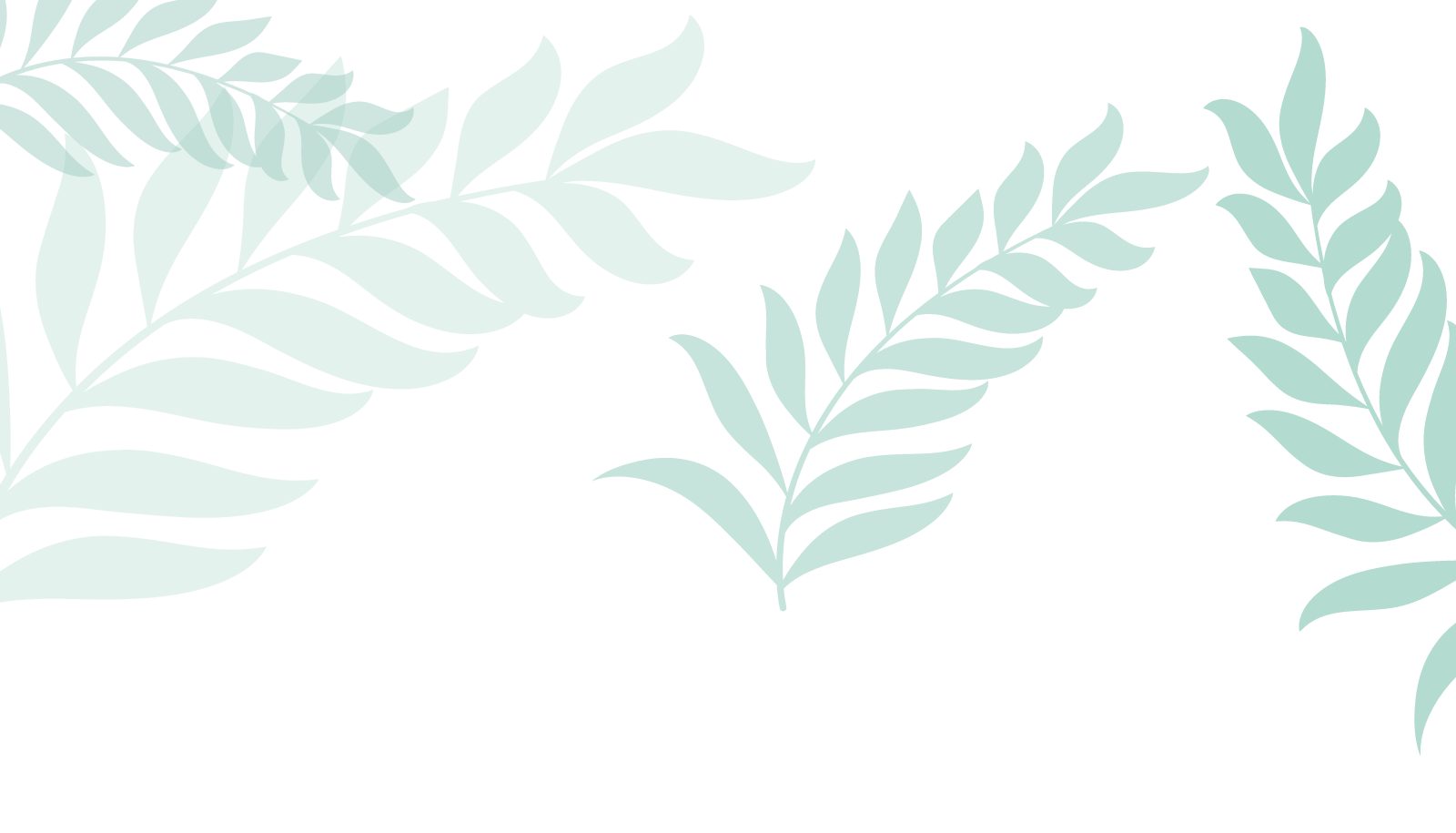The Typical Dances in Mexico: History and Traditions
Destinations 26/07/2023
In Mexico, cultural diversity is reflected in a variety of traditions, languages, and typical and folkloric dancesthat represent each state of the country. These dances were born with the purpose of representing the Mexican identity and we find them present in civic events, national celebrations, such as September 15th and November 20th, as well as on patron saint festivities.
The variety of rhythms in the country is impressive, some are fast dances and others are slower, but all of them have a rich history that contributes to Mexican culture. In this article we will present you some of the most important typical dances of Mexico, many of which have been influenced by other cultures, and which are currently practiced in various academies for teaching and dissemination.
Originally from the Huasteca region, the Huapango is one of the most exciting folk dances in Mexico. It emerged during the Colonial period with the arrival of gypsies and flamenco influences to the region. The dance is characterized by rapid tapping to the rhythm of jaranas, violins and harps.
As a tribute to the fishermen and their work on the coasts of Michoacán and Guerrero, the famous Fish dances arises. dance arises. This dance dates to pre-Hispanic times, where it was performed as a ritual to ask deities a good catch. The dancers carry a large fish on their shoulders and wear traditional coastal clothing, along with masks that represent the scars of their craft.
Also known as the Aztec dance, this is an ancient dance that has managed to stay alive, thanks to the fact that it was kept secret during the Spanish Conquest. It was practiced as part of the rituals and religious ceremonies of the indigenous Mesoamerican civilizations. Dancers jump to the rhythm of drums and conch shells, while a sacred offering is built at the end of the dance.
The Jarabe Tapatío is one of the best-known typical dances in Mexico. It has its roots in the Spanish gypsy “jarabe”, but Mexicans adopted its rhythm, “zapateado” (stomping) and movements from other local dances. This dance has gone from being prohibited in the past to representing an act of courtship in the present. The men wear charro suits, while the women wear colorful dresses with full skirts.
This peculiar dance was part of a sacred ritual of the Purépecha empire in Michoacán. Celebrated four times a year to invoke harvest prosperity in the harvests, the dance is performed with soft and slow movements. The dancers carry canes and form a line, increasing the pace of their steps as the music progresses. One of them falls to the ground several times while the others help him up and continue.

It is a traditional dance that originated in Europe, specifically among the Germans who emigrated to northern Mexico and southern United States, in Texas, during the 19th century. These immigrants brought with them musical instruments such as the accordion, saxophone, and the basso Segundo, as well as the rhythm of the European polka, which was danced elegantly in couples in salons. However, groups of the region adopted this dance and gave it a unique style, turning it into the well-known "Mexican Polka". This musical genre took root in the northern states of Mexico, such as Chihuahua, Tamaulipas, Nuevo León, Sonora, Coahuila, and Baja California, as well as in other border states of the country. Discover more about the energetic and popular Northern Polka in our guide.
La Bamba is a folk dance, originally from the beautiful state of Veracruz. Known as Son Jarocho, it is one of the most representative dances in the Mexican Republic. Instruments such as the harp, guitar and marimba give rhythm to this style of dance. Among the best-known ”sones”, La Bamba representas Veracruz nationally and is even considered the state anthem. Traditionally the dance is performed by a single couple and fuses the styles of the Spanish “Seguidillas” and “Fandangos” with the Cuban “Zapateados” and “Guajiras”. Its origin dates to the arrival of the Spanish in Veracruz in the 17th century. Discover more about the traditional costume of Veracruz and the rich history of La Bamba in our guide.
Although the Pineapple Flower dance is not so well known outside of Mexico, it is surprisingly one of the most representative of the state of Oaxaca. This dance originated in 1958, in the municipality of San Juan Bautista Tuxtepec, thanks to the idea of Governor Alfonso Pérez Gasga. The person in charge of developing the choreography was the teacher Paulina Solís, who designed a staging inspired by the indigenous roots of the region, which were adapted to the song "Flor de Piña". The musical composition was performed by Oaxacan Samuel Mondragón. This choreography is performed exclusively by women and represents the Tuxtepecan indigenous woman, symbolizing the joy of the good pineapple harvest. Oaxacans can confirm this interpretation! Explore more about the fascinating Pineapple Flower dance in our guide.
The typical dances in Mexico are a historical treasure and constitute part of the cultural heritage of this country. Are you going to stay miss out on them? At Park Royal we give you the opportunity to celebrate these Mexican dances with us at the best price. Visit Mexico and have fun ”zapateando”.
The variety of rhythms in the country is impressive, some are fast dances and others are slower, but all of them have a rich history that contributes to Mexican culture. In this article we will present you some of the most important typical dances of Mexico, many of which have been influenced by other cultures, and which are currently practiced in various academies for teaching and dissemination.
The Huapango
Originally from the Huasteca region, the Huapango is one of the most exciting folk dances in Mexico. It emerged during the Colonial period with the arrival of gypsies and flamenco influences to the region. The dance is characterized by rapid tapping to the rhythm of jaranas, violins and harps.
Fish dance
As a tribute to the fishermen and their work on the coasts of Michoacán and Guerrero, the famous Fish dances arises. dance arises. This dance dates to pre-Hispanic times, where it was performed as a ritual to ask deities a good catch. The dancers carry a large fish on their shoulders and wear traditional coastal clothing, along with masks that represent the scars of their craft.
Mexican dance
Also known as the Aztec dance, this is an ancient dance that has managed to stay alive, thanks to the fact that it was kept secret during the Spanish Conquest. It was practiced as part of the rituals and religious ceremonies of the indigenous Mesoamerican civilizations. Dancers jump to the rhythm of drums and conch shells, while a sacred offering is built at the end of the dance.
Jarabe Tapatío
The Jarabe Tapatío is one of the best-known typical dances in Mexico. It has its roots in the Spanish gypsy “jarabe”, but Mexicans adopted its rhythm, “zapateado” (stomping) and movements from other local dances. This dance has gone from being prohibited in the past to representing an act of courtship in the present. The men wear charro suits, while the women wear colorful dresses with full skirts.
Dance of the Old Men
This peculiar dance was part of a sacred ritual of the Purépecha empire in Michoacán. Celebrated four times a year to invoke harvest prosperity in the harvests, the dance is performed with soft and slow movements. The dancers carry canes and form a line, increasing the pace of their steps as the music progresses. One of them falls to the ground several times while the others help him up and continue.

The Northern Polka
It is a traditional dance that originated in Europe, specifically among the Germans who emigrated to northern Mexico and southern United States, in Texas, during the 19th century. These immigrants brought with them musical instruments such as the accordion, saxophone, and the basso Segundo, as well as the rhythm of the European polka, which was danced elegantly in couples in salons. However, groups of the region adopted this dance and gave it a unique style, turning it into the well-known "Mexican Polka". This musical genre took root in the northern states of Mexico, such as Chihuahua, Tamaulipas, Nuevo León, Sonora, Coahuila, and Baja California, as well as in other border states of the country. Discover more about the energetic and popular Northern Polka in our guide.
La Bamba, Veracruz
La Bamba is a folk dance, originally from the beautiful state of Veracruz. Known as Son Jarocho, it is one of the most representative dances in the Mexican Republic. Instruments such as the harp, guitar and marimba give rhythm to this style of dance. Among the best-known ”sones”, La Bamba representas Veracruz nationally and is even considered the state anthem. Traditionally the dance is performed by a single couple and fuses the styles of the Spanish “Seguidillas” and “Fandangos” with the Cuban “Zapateados” and “Guajiras”. Its origin dates to the arrival of the Spanish in Veracruz in the 17th century. Discover more about the traditional costume of Veracruz and the rich history of La Bamba in our guide.
Oaxaca Pineapple Flower
Although the Pineapple Flower dance is not so well known outside of Mexico, it is surprisingly one of the most representative of the state of Oaxaca. This dance originated in 1958, in the municipality of San Juan Bautista Tuxtepec, thanks to the idea of Governor Alfonso Pérez Gasga. The person in charge of developing the choreography was the teacher Paulina Solís, who designed a staging inspired by the indigenous roots of the region, which were adapted to the song "Flor de Piña". The musical composition was performed by Oaxacan Samuel Mondragón. This choreography is performed exclusively by women and represents the Tuxtepecan indigenous woman, symbolizing the joy of the good pineapple harvest. Oaxacans can confirm this interpretation! Explore more about the fascinating Pineapple Flower dance in our guide.
The typical dances in Mexico are a historical treasure and constitute part of the cultural heritage of this country. Are you going to stay miss out on them? At Park Royal we give you the opportunity to celebrate these Mexican dances with us at the best price. Visit Mexico and have fun ”zapateando”.
